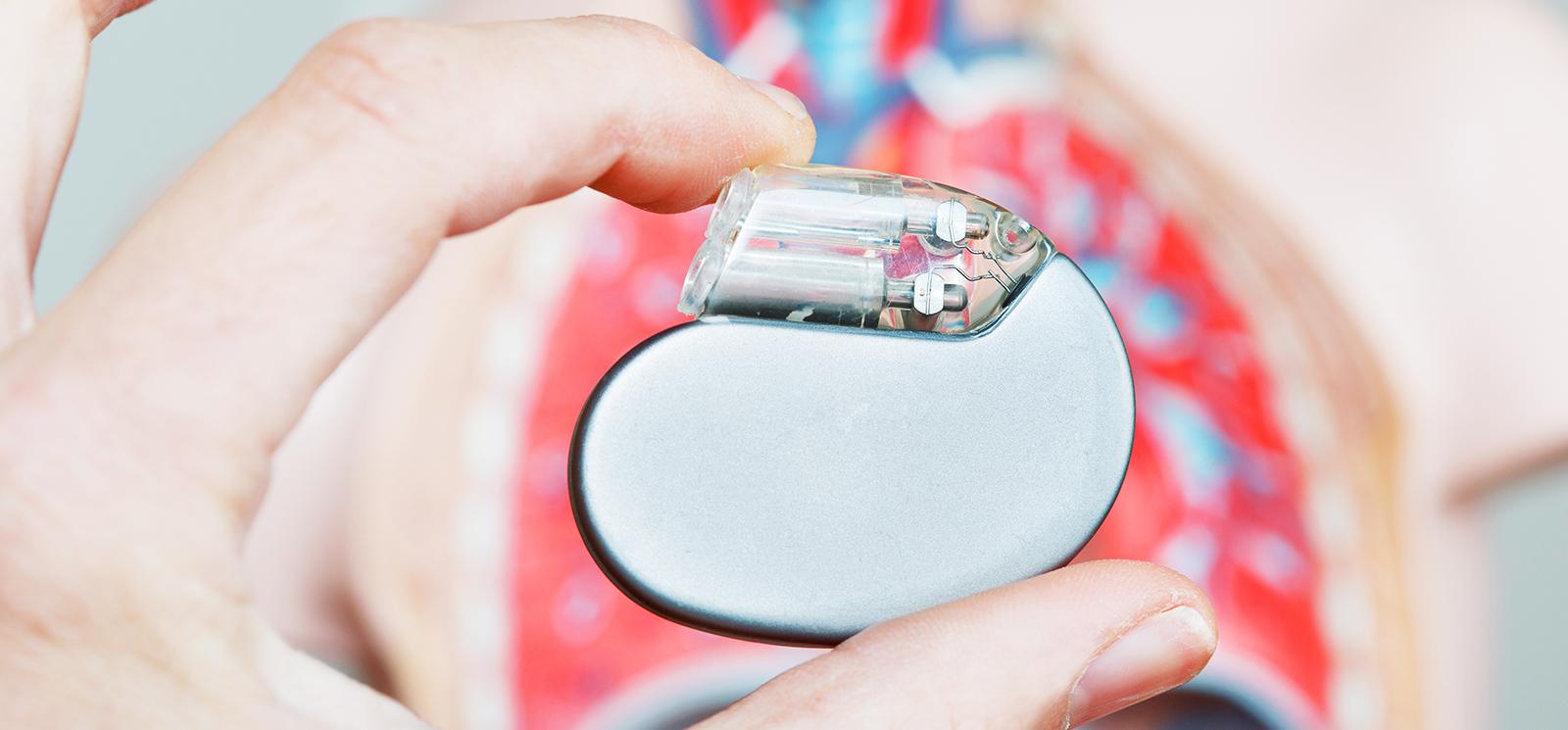The Value of MedTech To Treat AFib
Millions of Americans Suffer from AFib
Atrial fibrillation (also called AFib or AF) is the most common type of irregular heartbeat, or arrhythmia.1 A normal heart beats 60-100 times per minute. During an AFib episode, a person’s heart can beat 175 times or more per minute.2
Often undiagnosed, AFib prevalence estimates vary between 2.7 million and 6.1 million Americans affected.3 Age is a major risk factor for AFib – at age 60, 1 in 25 Americans has AFib. This number increases to 1 in 10 at age 80.4
AFib Can Significantly Affect Quality of Life
People living with AFib report a substantially reduced quality of life compared to those without the disease:
-
30% WORSE general health5
- 24% WORSE physical functioning6
- 23% WORSE social functioning7
- 16% WORSE mental health, as many worry when and where their next episode will occur8
Additionally, within the first year of diagnosis, AFib patients have a more than 35% chance of experiencing heart failure.9 People living with the disease are five times more likely to have a stroke,10 and people with AFib recovering from a stroke have a higher risk of remaining disabled or handicapped.11 Importantly, AFib doubles a person’s risk of death and is the cause of nearly 100,000 deaths in the U.S. each year.12
AFib Drives Up Health Care Costs
In 2006, the direct cost of AFib treatment in the U.S. was estimated at $6.65 billion.13 This estimate may be low, however, as one study found Medicare alone pays $15.7 billion per year to treat newly diagnosed AFib patients.14 Additionally, hospital admissions caused by AFib have risen 60% in the last 20 years.15 By 2030, the medical costs for cardiovascular disease, including AFib, will balloon from $273 billion to $818 billion.16
The Treatment: Medical Technology
Recent advancements in medical technology are transforming the ways in which AFib is treated, greatly improving patient care and controlling treatment costs. Catheter ablation not only reduces risk of stroke and death among AFib patients17 but one study found that 88% of patients were free of AFib one year after the procedure.18
Medical technology solutions to treat AFib include:
- Electrical Cardioversion: AFib can be treated electrically with a procedure called cardioversion. During the procedure, an electrical shock is delivered to a patient’s heart in order to restore a normal heart rhythm.
- Catheter Ablation: Catheter ablation is a minimally invasive procedure where radio frequency energy (heat) or cryo energy (freezing) is used to selectively destroy tissue to prevent aberrant electrical impulses from spreading.
- Contact Force Ablation Technology: This new ablation technology is designed to provide physicians with an objective measure of the force a catheter applies to a patient’s heart in order to create more effective lesions during ablation procedures.
- 3D Mapping Technology: This mapping and navigation technology increases the accuracy, speed and efficiency of catheter ablation procedures.
- Implantable Devices: In some cases, a pacemaker, a small implanted medical device that monitors a heart’s rhythm and sends electrical signals to regulate it, may need to be used after an ablation procedure to keep the heart rate stable.
